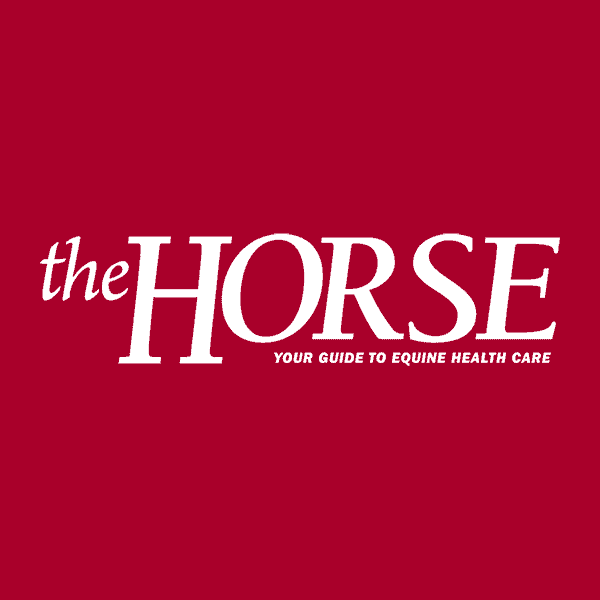Equine Metabolic Issues: What Are the Differences?
- Topics: Ask TheHorse, Basic Care, Body Condition, Cushing's Disease, Diseases and Conditions, Feeding Old Horses, Grains, Hay, Hoof Care, Hoof Problems, Horse Care, Laminitis (Founder), Media, Medications, Metabolic Problems, Metabolic Syndrome, Nutrition, Older Horse Care Concerns, Pasture and Forages, Podcasts, Vital Signs & Physical Exam, Working With a Veterinarian

Learn what distinguishes PPID, EMS, and IR from each other and how to care for “metabolic” horses during our live event!
You can also find additional information on equine metabolic syndrome with these 10 free EMS resources on TheHorse.com.
About the Experts:
Amanda A. Adams

Amanda A. Adams, PhD, is an assistant professor at the University of Kentucky Gluck Equine Research Center. She’s authored 25 peer reviewed scientific publications and presented her research at more than 40 national and international scientific meetings. Her research interests include the geriatric horse’s immune system; adiposity’s effects on horses’ inflammatory responses, particularly in EMS horses; and the mechanisms responsible for and pathways involved in EMS to identify potential treatments that target both the inflammatory and metabolic component of the disease.
Vern Dryden
 Vern Dryden, DVM, CJF, APF, owns Bur Oak Veterinary and Podiatry Services, in Lexington, Kentucky, where he focuses on individualized care for his patients. Dryden graduated from the Oklahoma State Horseshoeing School in 1998 and shod horses through undergraduate school at the University of Arizona. He also worked as a farrier at the Washington State University Veterinary Teaching Hospital while studying for his veterinary degree. His research interests include laminitis and regenerative medicine. He frequently lectures on podiatry care both nationally and internationally.
Vern Dryden, DVM, CJF, APF, owns Bur Oak Veterinary and Podiatry Services, in Lexington, Kentucky, where he focuses on individualized care for his patients. Dryden graduated from the Oklahoma State Horseshoeing School in 1998 and shod horses through undergraduate school at the University of Arizona. He also worked as a farrier at the Washington State University Veterinary Teaching Hospital while studying for his veterinary degree. His research interests include laminitis and regenerative medicine. He frequently lectures on podiatry care both nationally and internationally.
Written by:
The Horse Staff
Related Articles
Stay on top of the most recent Horse Health news with















